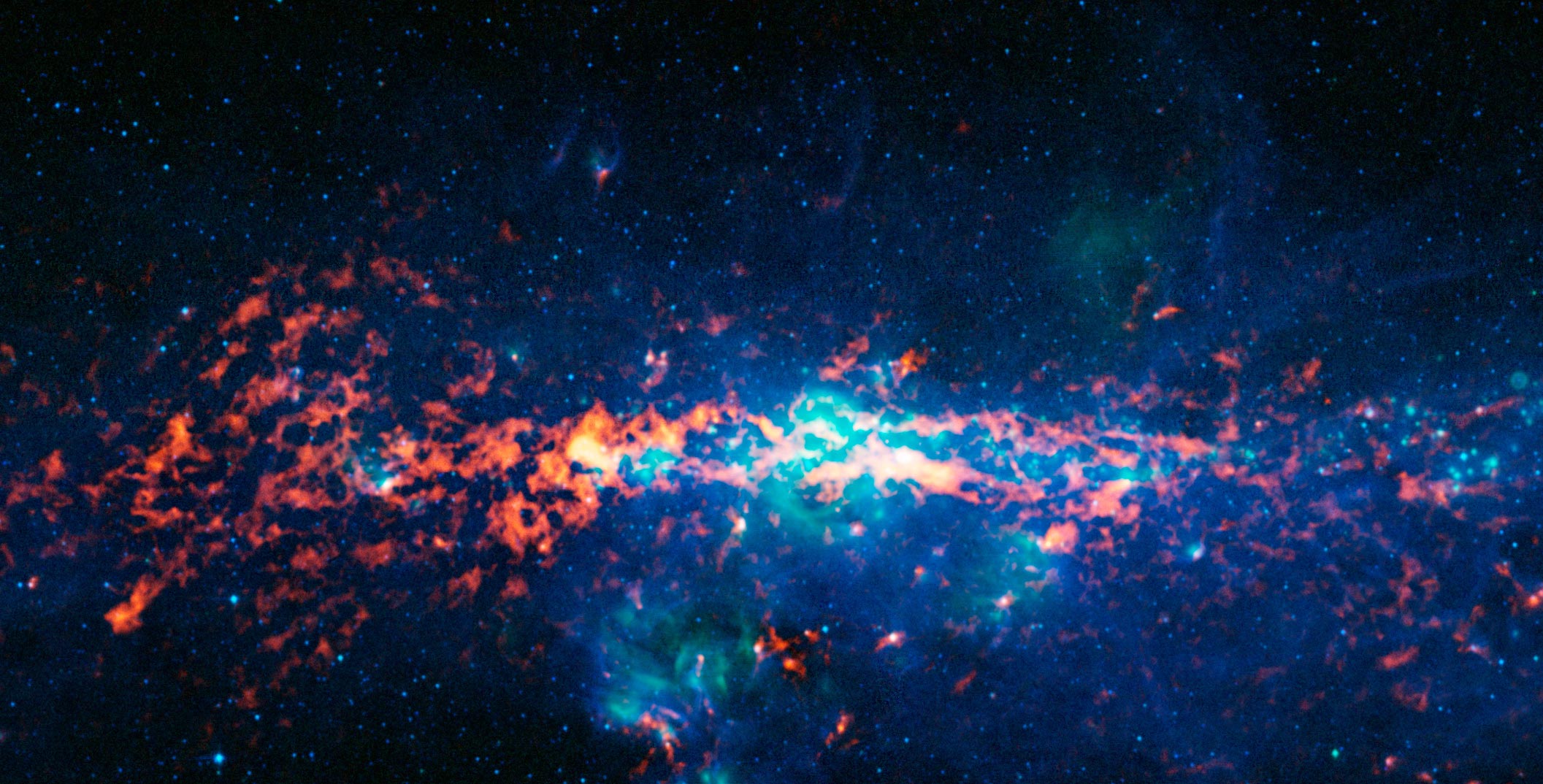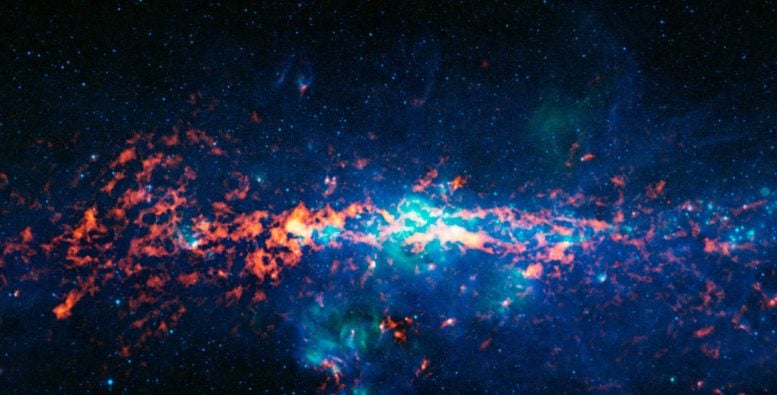

Researchers unlock the building blocks of life on Earth by recreating complex molecules.
Of all the questions asked about the cosmos over the last few thousand years, one researcher’s recent publication stands out: “Is space sweet or sour?”
Astrochemist Ryan Fortenberry, University of Mississippi associate professor of chemistry and biochemistry, collaborated with Ralf Kaiser, of the University of Hawaii at Mānoa, to study the creation of a simple sugar acid in space-like conditions. This molecule, glyceric acid, is considered a “building block” of life. The journal Physics News recently published their research.

“This is a fundamental question about where life originates,” Fortenberry said. “Where did we come from?”
“The discovery of this molecule (…) tells us how we can go from the creation of atoms in the core of stars to complex biomolecules that allow us to contemplate the universe itself.”
Glyceric acid is one of the simplest sugar acids and plays a crucial role in the metabolism of living organisms on Earth. Though acids, such as vinegar, are normally sour and sugars are sweet, glyceric acid can be either, depending on its state, Fortenberry said.
Bridging the Gap in Our Understanding
Regardless of how the molecule tastes, its formation fills in an important gap in our understanding of the origin of life, Fortenberry said. The gap is between small molecules – like those studied in prebiotic chemistry – the study of chemical reactions that preceded intelligent life and have between four and 14 atoms – and large molecules, which can have up to 4,000 atoms.
“Within astrochemistry, there’s a big disconnect between what we call prebiotic chemistry and biochemistry,” he said. “What we know from the biochemistry is that if we can make these small biomolecules, these small prebiotic molecules, they will assemble together into these big biochemicals.”
That’s where glyceric acid comes in. It is one of the in-between chemicals – neither large nor small – that shows that prebiotic molecules can join to become biochemicals, he said.
“It’s like prebiotic molecules are the sticks and the leaves and the pinecones, and biochemistry molecules are the tree,” he said. “We have the pieces. How do we put the pieces together?
“To continue the analogy, this molecule is a branch. It’s got leaves. It’s got sticks. It’s got pinecones on it. It’s not a tree, but it’s a branch, and we can take the branches, put them together, and make a tree.”
Glyceric Acid in Space: A Step Toward Understanding Life’s Origins
Understanding that glyceric acid can form in space is a key to unraveling the mystery of life’s origins on Earth, he said. If glyceric acid can form in gas clouds in space – for example, in Sagittarius B2, a large cloud at the center of Earth’s galaxy – then the molecules essential for life may be more common in space than previously understood.

“The study suggests that molecules like glyceric acid could have been synthesized in molecular clouds and possibly in star-forming regions prior to their delivery to Earth via comets or meteorites thus contributing to the building blocks of life,” Kaiser said. “Understanding how these molecules form in space is crucial for unraveling the mysteries of life’s origins.”
That could mean that Earth’s life-forming conditions may not be an anomaly, but more likely than previously thought.
“Every atom in our body that’s not hydrogen – every single atom in your body, mine, this table, the whole planet – everything that is not hydrogen at some point over the past 13 billion years was formed in a star,” he said. “Those atoms became molecules, and we don’t exactly know how it continues, but it eventually made large molecules.
“Those molecules made cells, and those cells made tissues, and those tissues made organs, and those organs made organisms. This molecule (glyceric acid) matters because it is one of those steps along the ladder.”
Reference: “Ist der Weltraum süß oder sauer?” by Jia Wang, Joshua H. Marks, Ralf I. Kaiser and Ryan C. Fortenberry, 01 July 2024, Physik in unserer Zeit.
DOI: 10.1002/piuz.202470404